Fire is the natural ennemy of firefighters. Therefore it is paramount that the fire service possesses sufficient information about the phenomenon fire. This is not the case for the moment but in recent years big advances have been made.
This page tries to list documents that are worth reading. They are listed in several categories. Both texts that are written by and for firefighters as scientific publications are listed. Tips about additional texts, articles, ... are always welcome via facebook (Karel Lambert). The same goes for links that are no longer functional or questions about the subject.
Books
Several good books about fire behaviour and firefighting are available.
The best book in English is undoubtedly “Enclosure Fires” by Lars-Göran Bengtsson. The book can be downdloaded for free.
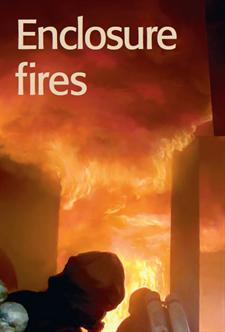
For people who don't speak English, there is the book “Brandverloop: Technisch bekeken, tactisch toegepast”. This is a cooperation between CFBT-BE and CFBT-NL.
Other books in English are:
· 3D-firefighting by Paul Grimwood, Ed Hartin, Shan Raffel en John Mcdonough
· Eurofirefighter by Paul Grimwood
· Fog Attack by Paul Grimwood
The book "3D Firefighting" is highly recommended. It was written by four firefighters on three continents. All four of them belong the best instructors in the world.
In the French speaking world, a number of books have been published by "éditions Carlo Zaglia". It is a series of books that deals with lots of aspects of our job. "Les caméras thermiques" is an important work in the French speaking fire community. It was written by Anthony Collin and Ronan Vinay. Pierre Bepoix and Stéphane Morizot have written the book "Les phénomènes thermiques" in the same series. The book discusses Rapid Fire Progress.

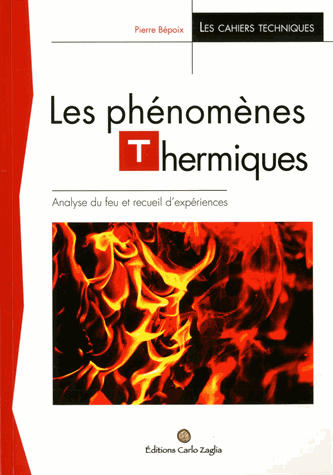
Benjamin walker wrote a good book. It is called fire dynamics for firefighters. It is a very good work that is very well suited for firefighters that want to acquire basic knowledge about fire dynamics. Ben explains several concepts in a very accessible manner.
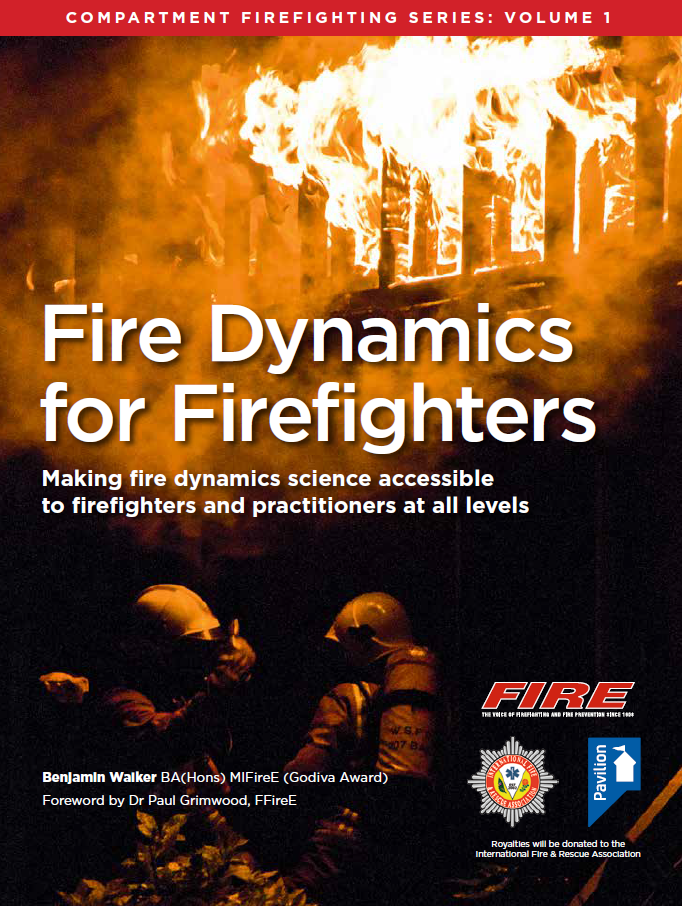
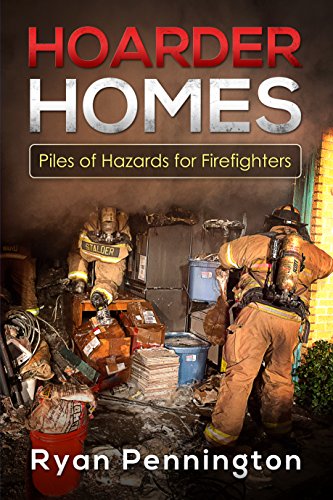
Lots of fire departmens have been confronted with a call or a fire at a hoarder's house. Hoarders are people with a tendency to collect tons of stuff in their homes. An example could be a living room full of stacks of pizza boxes or newspapers leaving only a narrow path from the door to the sofa in front of the television.
Ryan Pennington wrote a book about this: Hoarder Homes. First, he discusses the disorder "hoarding". Next he talks about the risks of intervening in such a house. It is about fires as well as other types of calls. He gives hints as well about how one can recognise such a house from the outside.
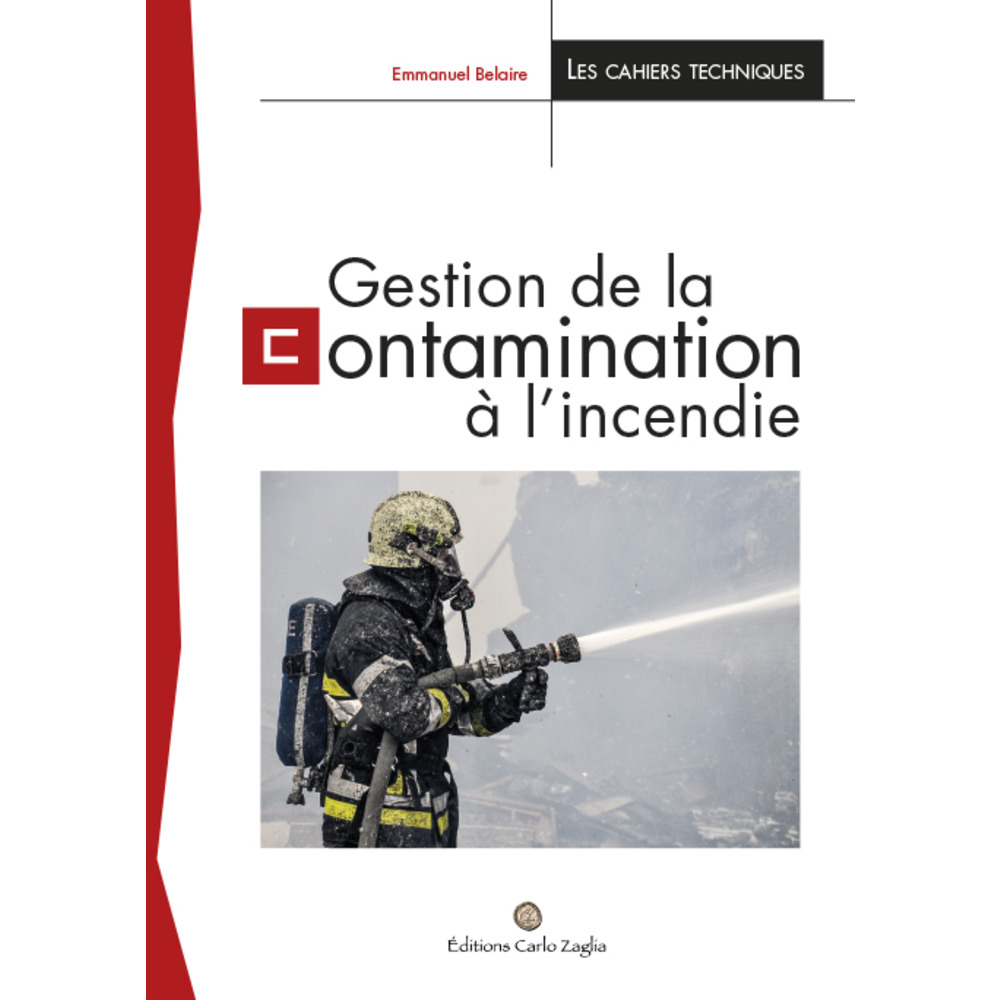
A topic that received lots of attention in the past year is "decontamination after a fire".
Emmanuel Belaire of the Liege fire department wrote a book in which he gives an overview of the methods to deal with this problem.
The book is only available in French.
Texts
In 2002 work by Paul Grimwood was translated into Ducth by dr. Koen Desmet for CEMAC. The title of this work is "3D Fogtechnieken". It is a very good text for people who don't speak English. Moreover for firefighters at te beginning of their career, it is a good work to start with.
Ed Hartin has published lots of intersting work in the past years. A text by his hand which studies three cases is "12 minutes on the fireground". It is a very good document that treats two very well known cases. In Fire behavior indicators and fire development Ed explains the different indicators from the B-SAHF model and links them to fire behaviour. It is a very interesting text.
The Dutch fire service has worked in the recent years to come up with a new model to present the new way of dealing with fires. Different factors as fire behaviour, the building, and the resources of the fire service are taken into account. Their model is called "the quadrant model" because it uses four quadrants. These quadrants represent four different ways to deal with a fire.
Werkdocument kwadrantenmodel gebouwbrandbestrijding_NL
Quadrant Model for Fighting Structure Fires_ENG
Ricardo Weewer of the Dutch fire academy published an excellent paper about under ventilated fires. It contains several illustrated cases but it is in Dutch. You can find it here.
A lot of research has been done in the past. This has led to interesting publications. In 1994 Chitty published A survey of backdraught.
Presentations
"NIST & UL Research on Fire Behavior & Fireground Tactics" is a very good presentation by Derek Alkonis, Steve Kerber and Daniel Madrzykowski. It can be found on YouTube in 7 parts in HD quality:
3. Fire Dynamics (Madrzykowski)
4. Case Studies (Madrzykowski)
5. Fire Behavior Training (Kerber)
6. Live Fire Experiments (Madrzykowski)
7. Organizational Change (Alkonis)
SLICE-RS
In Northern America, one has invented a new model to describe how we fight fires. The model is called SLICE-RS. ISFSI, the international society of fire service instructors, has made a movie in which the model is explained. The movie can be found on YouTube and every firefighter should have seen it.
WEBSITES
Joe Starnes founded Kill the flashover. The goal of this group is a better understanding of fire behavior and firefighting. On their website, on facebook and YouTube, one can find lots of interesting material they produced.
This page will be expanded with an overview of intersting documents that can be found on the internet.
MAGAZINES
There are several magazines written by and for firefighters. Interesting articles are published on a regular basis. You can find a selection below:
video's
West Sussex fire & Rescue service made three video's about the use of the smoke stopper. You can find them on YouTube:
The Firefighter Safety Research Institute of UL (UL FSRI) also put some interesting video's online:
Tactical considerations: Pushing Fire
scientific papers
Several scientific papers about fire behaviour and firefighting are available. Often they summarize scientific research:
Kallada R, Hostikka S (2017) Experiments and numerical simulations of pressure effects in apartment fires, Fire Technology, Vol 53, 1353-1377
Poplin G et al (2013) The association of aerobic fitness with injuries in the fire service, American Journal of Epidemiology, Vol 179, 149-155
Peacock R et al (1999) Defining flashover for fire hazard calculations, Fire Safety Journal, Vol 32, 331-345
Tomassini et al. (2014) Risk of elektrocution during fire suppression activities involving PV systems, Fire Safety Journal, Vol 67, 35-41
Wu C.L., Carvel R. (2017) An experimental study on backdraft: The dependence on temperature, Fire Safety Journal, Vol 91, 320-326


